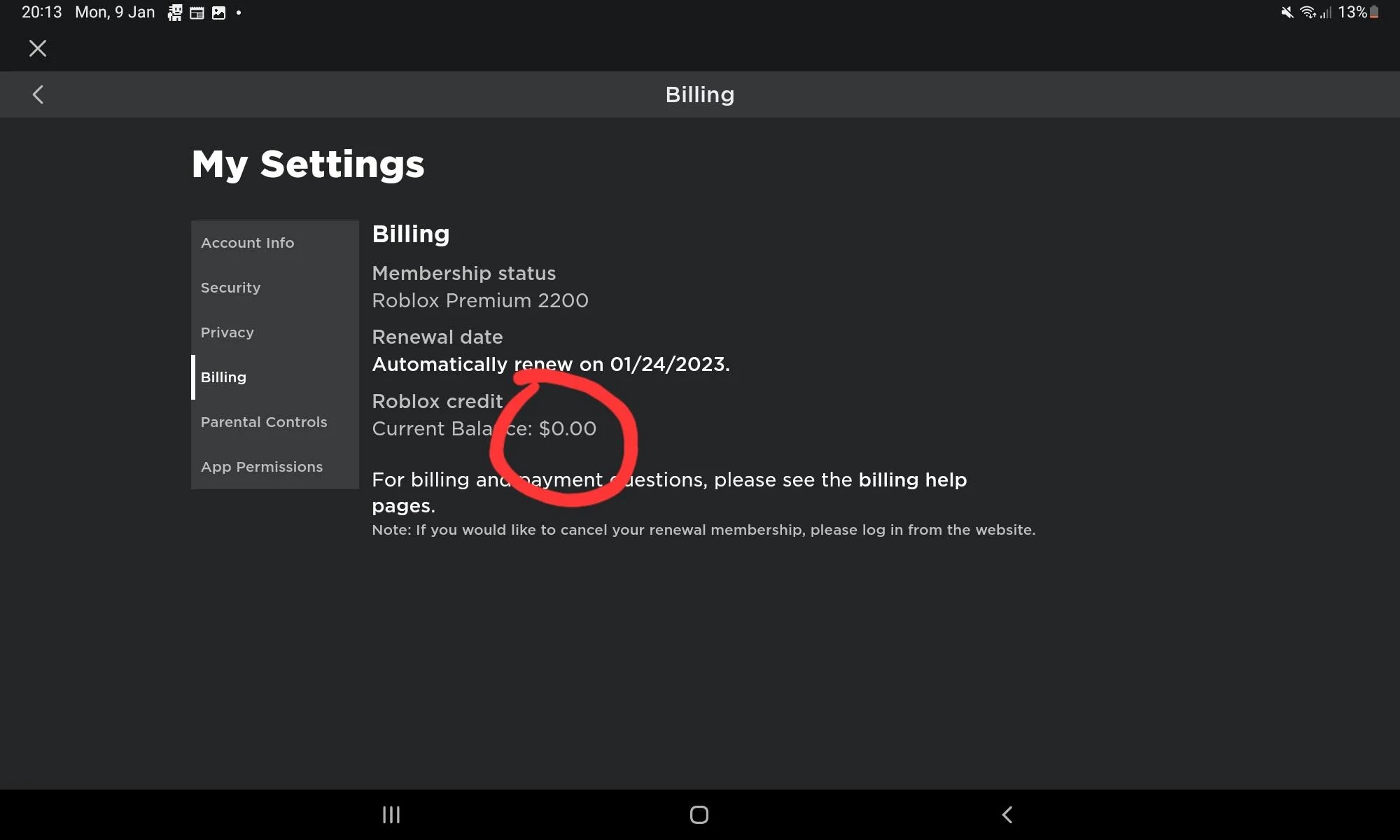

Finance
Reverse Cash-and-Carry Arbitrage Definition
Published: January 20, 2024
Learn the definition of reverse cash-and-carry arbitrage in finance and explore its implications. Master the concept and enhance your financial knowledge with our comprehensive guide.
(Many of the links in this article redirect to a specific reviewed product. Your purchase of these products through affiliate links helps to generate commission for LiveWell, at no extra cost. Learn more)
Unlocking the Secrets of Reverse Cash-and-Carry Arbitrage in Finance
Welcome to our FINANCE category, where we dive deep into the world of investments, trading strategies, and financial concepts that can help you make informed decisions. Today, we’re going to uncover the mystery behind an intriguing strategy known as Reverse Cash-and-Carry Arbitrage. What is it? How does it work? And most importantly, how can you benefit from it? Let’s find out!
Key Takeaways:
- Reverse Cash-and-Carry Arbitrage involves selling a security in the futures market while simultaneously buying it in the spot market, profiting from a price discrepancy.
- This strategy requires a deep understanding of the market, careful analysis, and precise execution.
Understanding Reverse Cash-and-Carry Arbitrage
Arbitrage is the practice of taking advantage of price differences in different markets. In a traditional Cash-and-Carry Arbitrage, an investor purchases a security in the spot market and simultaneously sells it in the futures market, capitalizing on the price difference between these two markets. This strategy is commonly used when the spot price is lower than the futures price, allowing the investor to profit from the upward price movement.
Reverse Cash-and-Carry Arbitrage, on the other hand, operates in the opposite direction. It involves selling a security in the futures market and buying it in the spot market. This strategy is usually employed when the futures price is lower than the spot price, giving the investor an opportunity to profit from the downward price movement.
Implementing Reverse Cash-and-Carry Arbitrage
To successfully execute Reverse Cash-and-Carry Arbitrage, several key steps need to be followed:
- Identify a security with a significant price difference between the futures and spot market. Conduct thorough research and analysis to choose the most suitable security.
- Calculate the transaction costs associated with buying the security in the spot market and selling it in the futures market. These costs may include brokerage fees, taxes, and any other expenses.
- Ensure that the transaction cost does not exceed the potential profit gained from the price discrepancy.
- Execute the trade by selling the security in the futures market and simultaneously buying it in the spot market.
- Monitor the market closely and be prepared to exit the position when the price discrepancy narrows or disappears.
While Reverse Cash-and-Carry Arbitrage can offer lucrative opportunities, it’s important to note that it requires advanced market knowledge and careful analysis. Investors should also be aware of the risks involved, including potential transaction costs and market volatility.
Conclusion
Reverse Cash-and-Carry Arbitrage is a powerful strategy that allows investors to profit from price discrepancies between the futures and spot markets. By understanding the concept and carefully analyzing market conditions, investors can potentially generate significant returns. However, it’s essential to approach this strategy with caution and always consider the associated risks. Continuous market monitoring and proper risk management are crucial for successful implementation.














